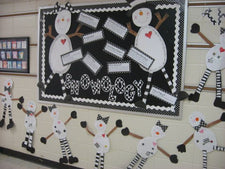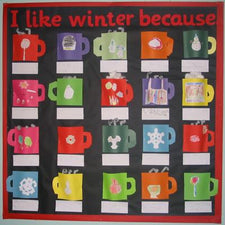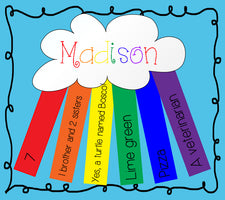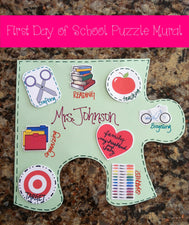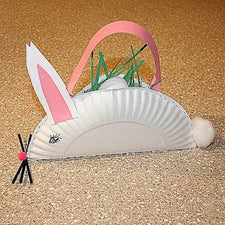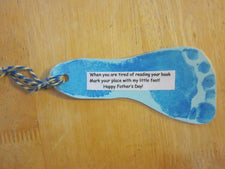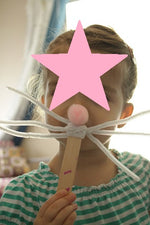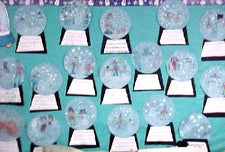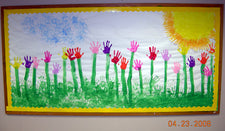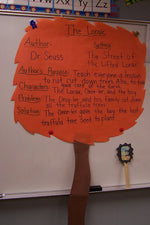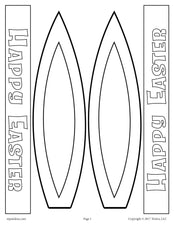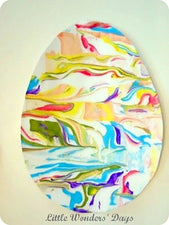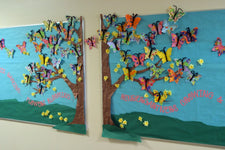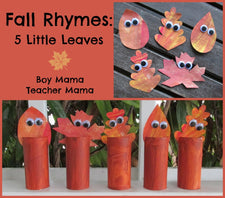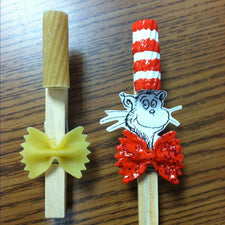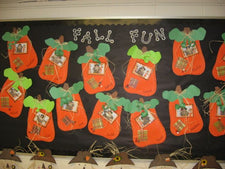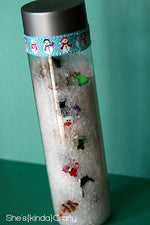The Water Cycle

Wanting to teach your kinders about the water cycle? We found some great exercises from Little Giraffes Teaching Ideas {a site owned and maintained by A to Z Teacher Stuff} that will compliment your weather unit and help your child(ren) or students understand how clouds and rain are formed!
Student Water Cycle
A great way to learn about the concept of the water cycle {and a cycle in general} is for your students to become the water cycle. It affords a great visual and physical movement may just help them remember and retain what they've learned. Invite your students to choose a partner, have them stand side by side, then go around and drop a pile of packing peanuts or cotton balls at the feet of each duo. Explain that the peanuts/cotton balls represent a body of water. To start the exercise, have one student pick up the peanuts/cotton balls one at a time and begin to fill the cupped, outstretched hands of their partner. Here, the first student is reenacting the action of evaporation, while the second child is simulating the concept of condensation and cloud formulation.
Soon, as the first child continues to fill their partner's hand with the peanuts/cotton balls, it will become apparent that the "cloud" is becoming too full {the student won't be able to physically hold all the packing peanuts or cotton balls placed in their hand}. Once the peanuts/cotton balls begin to overflow, invite the student to open their hands and drop them to the floor. This is a simulation of precipitation. Invite students to change places and start the cycle all over.
Water Cycle Drawing & Crafting
After reenacting the water cycle, provide your students with poster board and some graphic art tools, inviting them to illustrate the concepts - including direction arrows and proper labels. Next, have them design a beaded bracelet to help them remember the steps. Students will string six beads in all {light blue, green, dark blue, yellow, clear, and white} - for their significance be sure to read the full activity post at Little Giraffes!
